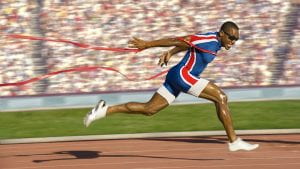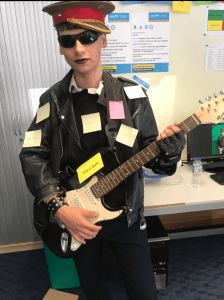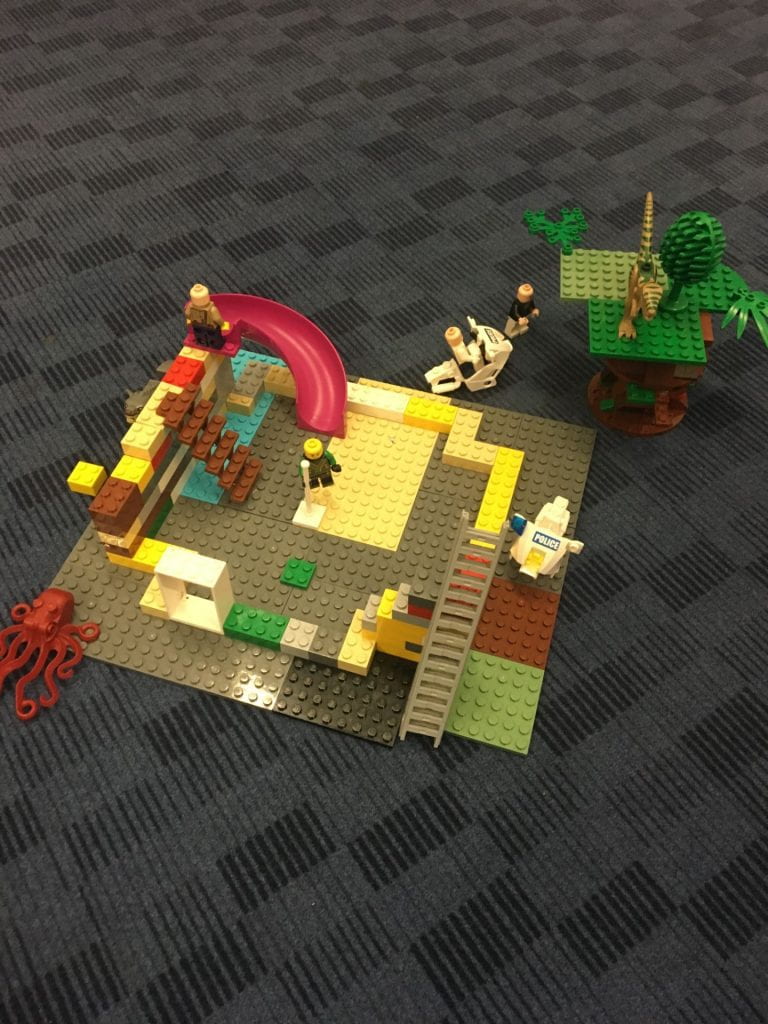So… How can an image communicate meaning?
After looking at mise-en-scene and camera framing I have learnt that these factors are important when portraying a narrative in photography or films.
Mise-en-scene is very important when helping portraying individuals, groups, events or places. Mise-en-scene includes:
- Costume
- Lighting
- Acting & Proxemics
- Make-up & Hair
- Props
- Setting
Without these aspects the narrative wouldn’t be cleasr to the audience. An example of this would be if an actor was meant to be portraying a character in the lower class but their costume was covered in jewels, the audience would misinterpret their character as someone wealthy, creating an incorrect narrative, confusing the audience. This highlights how important it is for the mise-en-scene to be correct, so I will plan all of these aspects out carefully when creating my music magazine.
Camera framing is also very important when creating a meaning in an image. Using different angles and distances from the camera will connote different ideas. This reinforces that each shot must be carefully thought out because an incorrect angle could communicate an incorrect story to the audience. For example, if you want the audience to feel inferior to the character in the image, but you use a low angle, the audience will feel intimidated instead, creating a completely different narrative to the intended one.
It is also very important to get the correct denotations and connotations across, when creating media. The connotations must be easy to understand through the denotation, otherwise the audience won’t understand it straight away, making the narrative of the piece of media difficult to understand.
There are also a number of different rules that you can follow to make your piece of media successful. For example:
- The rule of thirds – balancing composition evenly across three sections of the frame.
- Lead room – the space in front where the actors are looking or moving.
- Depth of field – considering the background, middle ground and fore ground of the image.
Overall, I have learnt that the mise-en-scene and the camera framing are extremely important when creating any form of media and are crucial to get right. Therefore, I will carefully plan and design any media that I produce, keeping in mind the narrative I want to create, in order to communicate it successfully. This will help me when producing my music magazine because I will ensure that every aspect of my images is there for a reason in order to portray a meaning.







